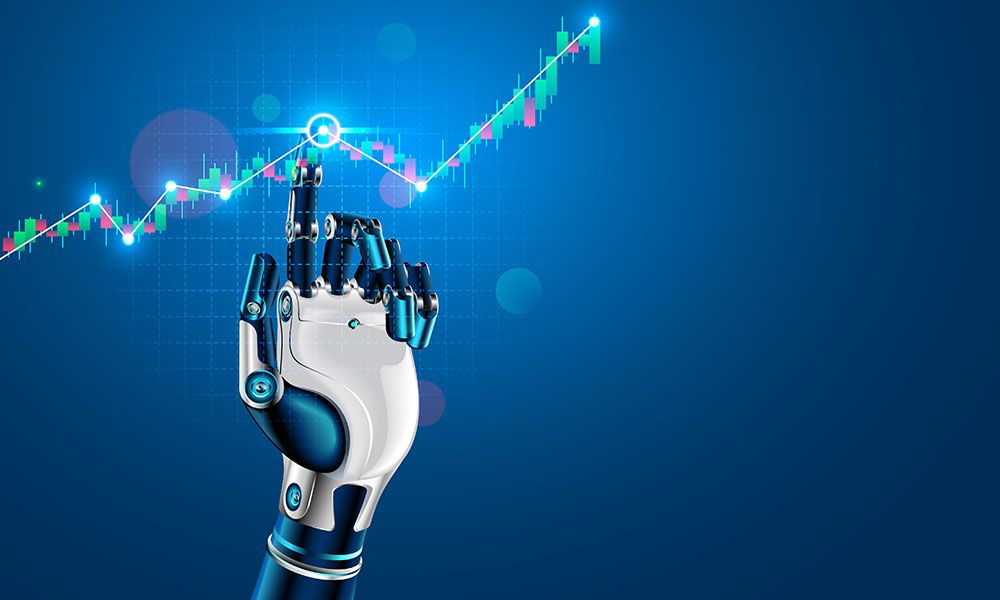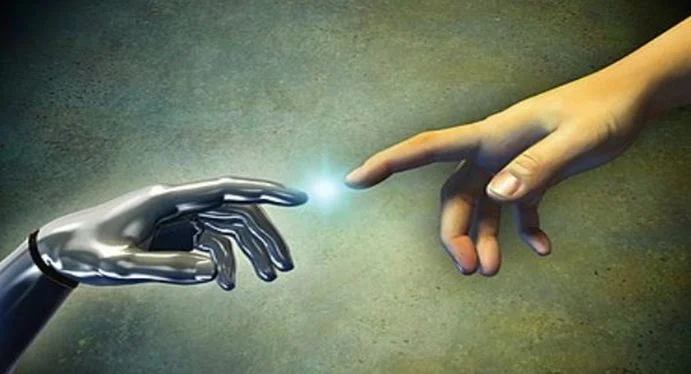
The trending news globally now, apart from Trump trying to usurp democracy in the US is the development of the COVID-19 vaccine. Many pharma manufacturing companies have been in the race to develop the vaccine. Pfizer and Moderna seems to have surged ahead of the rest, ending their phase-3 trials with 95% and 94.5% effectiveness respectively.
Vaccines have been traditionally manufactured with either weakened viruses or purified protein signatures of the viruses and vaccines train the immune system with the information to identify viruses and isolate them before creating antibodies to destroy them. This is similar to how virus signatures are added to virus definition files in antivirus software, the signatures comparable to header information of web pages.
Pfizer and Moderna are developing a new type of vaccine that contains the messenger RNA (mRNA) which is the genetic material that encodes the protein of the virus. The immune system uses the information contained in the mRNA to create the most important part of the viral protein inside the body without actually infecting the person with the virus. This technique helps the immune system to learn about the virus and create antibodies to counter and destroy the virus if the person gets infected in the future.
But this isn’t so simple as it sounds. Our genetic and immune systems are extremely complex, the sophistication achieved through millions of years of evolution. Then our anatomical differences from thousands of years of separation based on religion, color, race, caste, geography, life style, food habits, etc. In India itself, the degrees of separation become stark as we move from one state to another. This is why types of medication and dosage of medicines vary so much from one person to another.
Now what implications do 95% effectiveness of the vaccine have? Does it mean 5% of the global population could still be affected by COVID-19 after taking the vaccine? That is a huge number of people. Without any serious side effects means the possibility of having mild to medium level side effects will exist. What if these side effects weakens our immune system and makes us vulnerable to contracting other diseases? So, essentially we are going to get vaccine shots that may not prevent us from getting infected by COVID-19 and on top of it we could be exposed to other diseases.
Pfizer has supposedly tested the vaccine on 43000 volunteers. Assuming human population to be 7 billion, this means the vaccine has been tested on merely 0.006% of the population. When they could achieve only 95% effectiveness on 0.006% of the population, what is the guarantee that the 95% effectiveness will be consistent as the vaccine is delivered to millions and billions of people? There is a reason why Six Sigma is used in the manufacturing sector – to minimize errors. It follows the rule of having only 3.4 errors or less in a million samples. When pharma companies are not following these standards to manufacture vaccines, what is the point in having Six Sigma at all? Even outsourced IT support projects require 98-99% uptime of the IT infrastructure in the Service Level Agreements(SLAs).
I see the difference between the traditional method of making vaccines and the new mRNA method from the perspective of the difference between supervised and unsupervised learning models in AI. Traditional vaccines seem to follow the supervised learning model where the vaccines use the complete details of the virus to train the immune system to identify the virus later. The mRNA method seems to follow the unsupervised learning model where the vaccine provides only a snapshot of the virus to the immune system and leaves it to the immune system to create the most appropriate antibodies to fight the virus when the body gets infected.
From what I have understood about the COVID-19 virus till now, it is more likely to be fatal for people who are already suffering from other life threatening diseases. Being a new virus strain, the immune system is apparently unable to identify and isolate the virus in its first step to counter the virus. This leads to the immune system furiously engaging with the virus and getting overloaded so it cannot handle the existing diseases properly. This is how people have been dying, of their existing diseases, their deaths hastened indirectly by the COVID-19 virus.
Pfizer’s and Moderna’s phase-3 trial results not withstanding, I am intrigued to see how effective the mRNA method is going to be on people suffering from one or more life threatening diseases or comorbidity. When the vaccine is given to such people, how well can their immune system understand about the virus from the viral protein sample when it is already fully engaged with combating existing diseases? Even if the immune system is able to identify the virus when there is a virus attack I do not know if it would be able to create relevant antibodies strong enough to fight the virus. All of this is going to be more cumbersome in aged people. There could be unintended consequences and immune system reactions, ranging from curing other unrelated ailments to exposing the body to other diseases.
There are larger questions to be answered. For a viral infection from which the recovery rate is more than 99%, why do we need a vaccine and that too with 95% effectiveness? Why hasn’t the pharma community discovered a vaccine for seasonal flu because of which so many people die every year? Or for common cold which has been affecting almost all people forever? These are also contagious diseases like COVID-19. Why are we being overwhelmed and worn down in the name of a virus that is only as potent as a flu virus and why is the vaccine getting pushed on to us? Companies have made windfalls selling face masks, sanitizers and disinfectants. Is the vaccine another windfall for the pharma companies to run riot on or is there a bigger agenda?
Meanwhile, to add to all the uncertainty, this happened in India.









